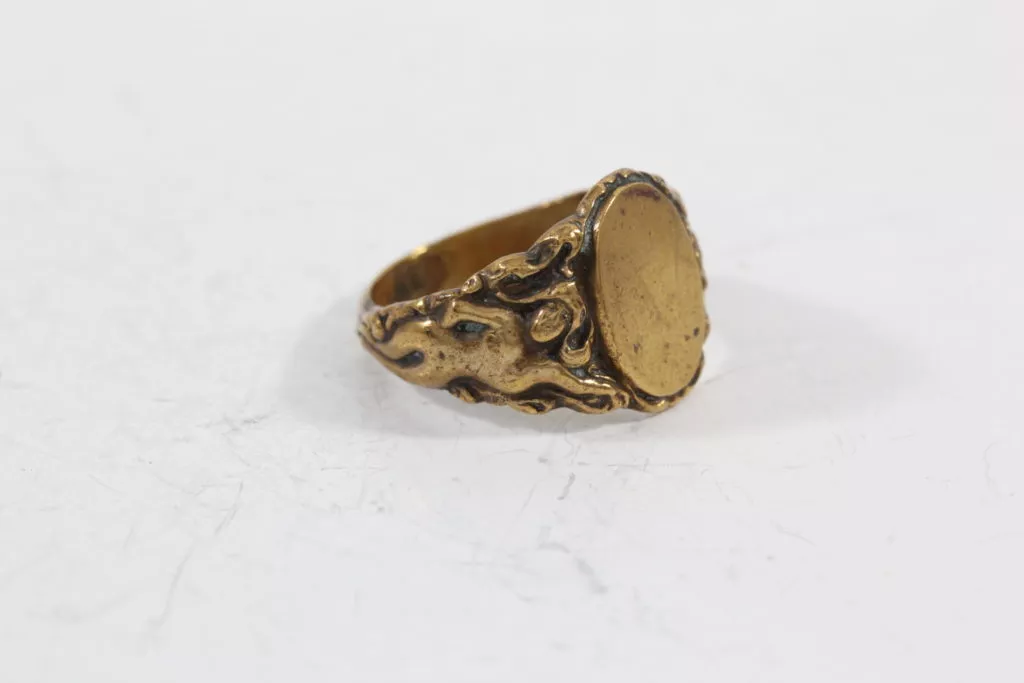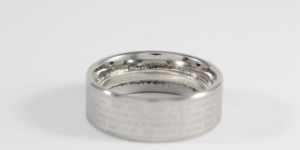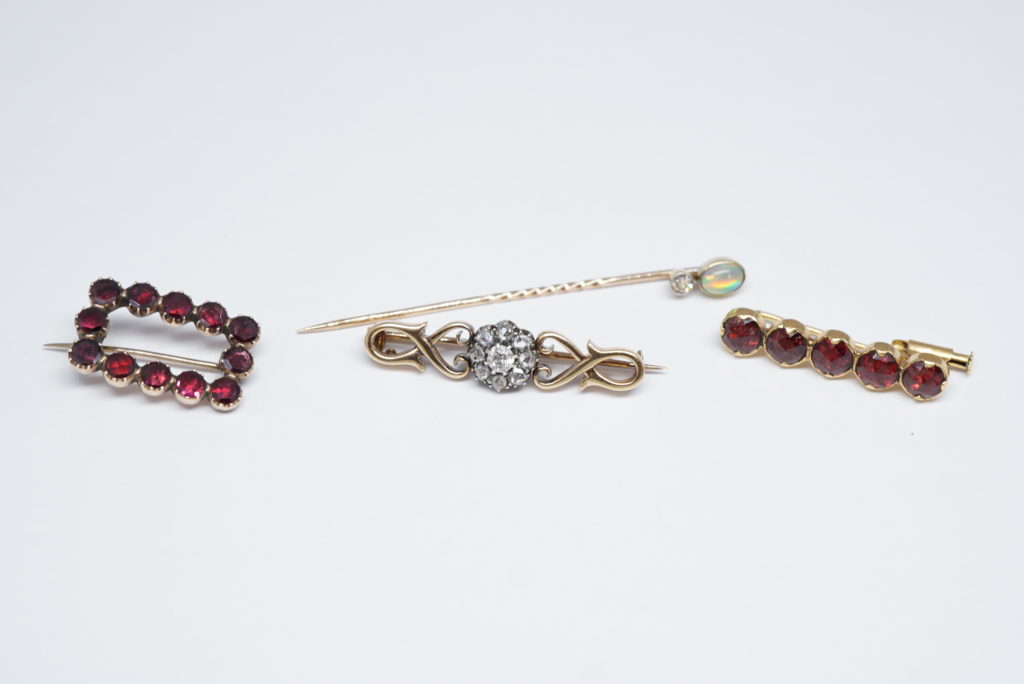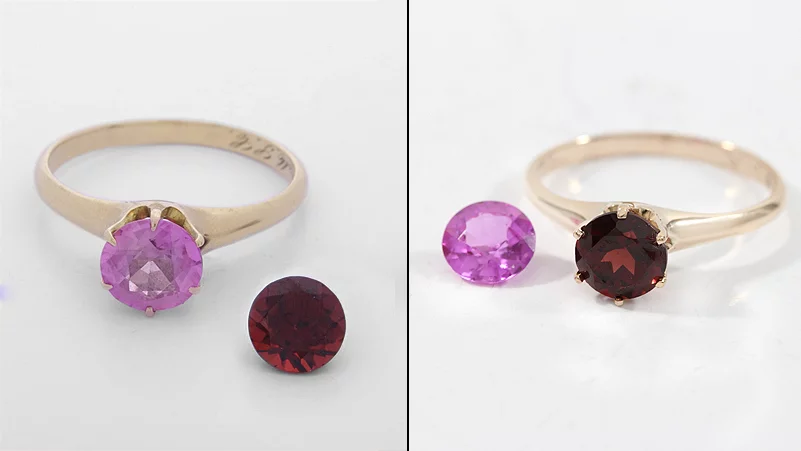Got A Brass Allergy? Check Out 4 Solutions Here To Save The Day
Written by Anna Currell
September 13, 2022

Brass is an alloy made out of copper and zinc, so if you’re sensitive to either component it's likely that brass will bother you as well. If your jewelry is causing itchiness, leading to a rash, or turning your skin green, you may have a brass allergy. But that doesn’t mean you have to stop wearing the jewelry you love. Here’s what you need to know about wearing jewelry when you have a brass allergy.
How Can I Tell If I Have a Brass Allergy?
There are a few methods you can use to identify a brass allergy. Allergic reactions are an immune response to a material, and metal allergies are no different. Metal allergies are common, and they vary in severity. Some people may feel only mildly irritated when they wear certain jewelry, and some people might sustain skin infections.
Do you often get hives or calluses when you wear certain jewelry? This can be a common sign of a brass allergy, especially if the hives are centralized on or around the specific spot where your jewelry comes into contact with your skin.

It’s also a good idea to pay attention to what hurts; pain, inflammation, irritation, itchiness, and pink or red skin can all be signs of an infection. Be sure to get yourself checked out — infections are nothing to mess around with. We’re jewelry experts, not medical experts; it’s always best to see a doctor.
You should also get an allergy test to find out for sure if you have a brass allergy, no matter what symptoms you have. You can visit a dermatologist or an allergist to determine which substances you’re allergic to. The more you know, the better you can take care of the issue. Aside from jewelry, brass is in lots of other types of items you might come into contact with on a regular basis; buttons on jeans, furniture, and bathroom or kitchen fixtures like sink faucets can all use brass.
Solution #1: Wear Different Metals
The best way to avoid an allergic reaction is to avoid the allergen. If you’re allergic to brass, try to avoid brass at all costs. We realize this isn’t always possible — you might come into contact with brass by accident over the course of a day. Start in your jewelry box to control your exposure as best you can; the longer you’re exposed to the allergen, the higher the risk of reaction. Consider wearing jewelry made of other non-brass metals, like:

Stainless Steel Ring
- Yellow gold
- Sterling silver
- Platinum
- Stainless steel
These high quality metals are very common in jewelry manufacturing. While allergies to nickel and copper are more common, there’s always a chance you could have an allergy to other metals as well, so you should be sure to do thorough allergy testing for all metals.
Solution #2: Jewelry Coating
Jewelry coating is a resin-based, clear, liquid formula you can apply to your jewelry to stop direct contact between the metal and your skin. This is a temporary solution, though; the coating will wear off and you’ll have to reapply regularly. Different brands make different jewelry coating formulas, so check the ingredients to make sure they agree with you first. Some jewelry coating products are designed to protect against specific allergic reactions, too. Do your research!
Solution #3: Rhodium Plating
If you’re allergic to brass, rhodium might be a good alternative for you. Since it’s also a metal, be sure to test your rhodium sensitivity before covering all your best pieces in it. Rhodium plating is a popular technique as it brightens the finish of jewelry and it’s a very durable metal. If you just can’t bring yourself to part with a piece of brass jewelry that’s causing an allergic reaction, you might want to

Rhodium plated ring, before and after
consider rhodium plating.
If you're using rhodium plating as an allergy solution, it's important to remember that the plating can wear away over time. It's a good idea to get your rhodium pieces replated at least every six months, depending on the piece and the thickness of the applied metal layer.
Solution #4: Make A New Custom Piece Just For You
While these alternatives might work for a while, they’re not permanent solutions. Creating a custom piece of jewelry with metal that doesn’t irritate you is the best way to be certain that your jewelry won’t cause a reaction. If you love an item that’s made of brass, try getting a replica made in another metal. Quick Jewelry Repairs offers custom jewelry services; you’ll work with a dedicated expert who will help you create something entirely unique to you (and free from any metals that give you hives).
Having a brass allergy is no fun, but now you have a few solutions to protect your skin and keep wearing the jewelry you love. When you’re ready, contact our custom jewelry concierge team for help creating brass-free jewelry!


